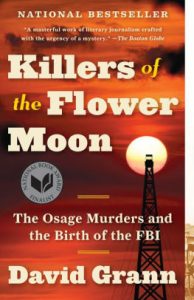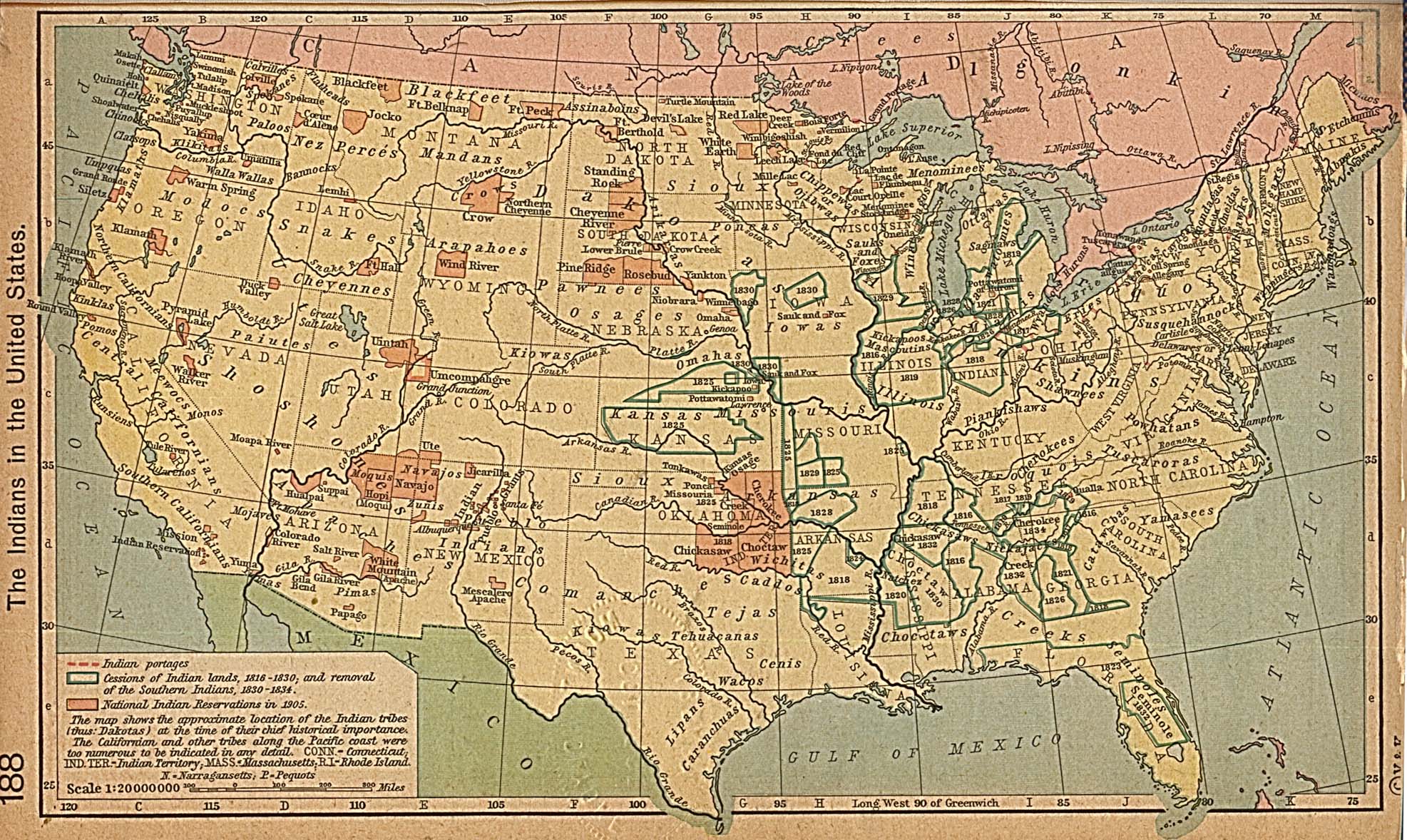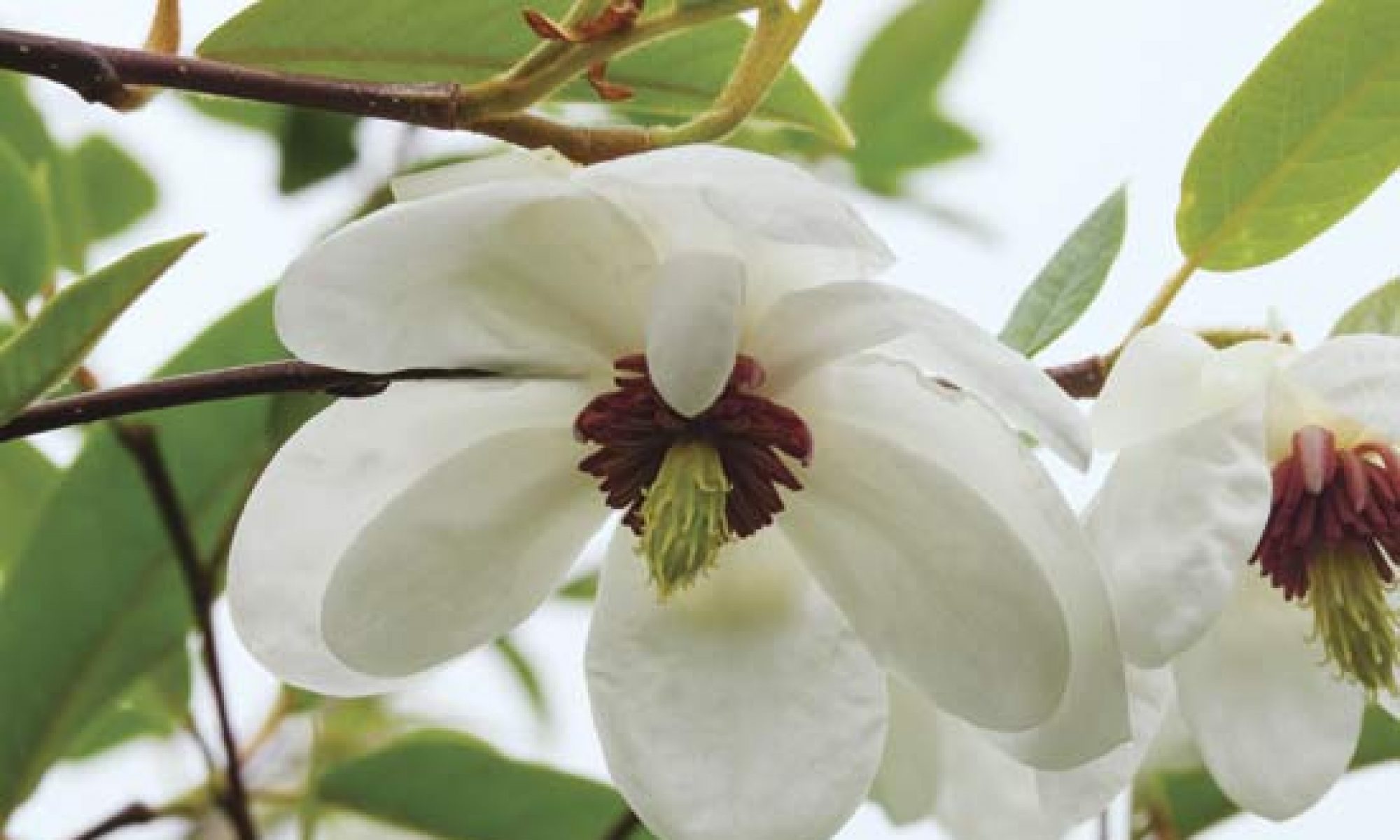With this page, I hope to tell the stories of our family. Rather than put in a book, placing on a web page allows for corrections and adding to as time permits.
♥ ♥ ♥ ♥
No Family’s story is a straight line or has patterns making sense. As the Mom-Aunt- Grandmother with the family Bibles, when schools assign homework on filling in branches of “family trees”, I get those calls. I tell them it is complicated.
We are six siblings – half’s and full. I am related to three half-brothers: Donald (Don) Joseph Keagy; Charles (Chuck) T. Bomar and Norman N. Bomar. I am related to one half-sister, Betty LaRue Keagy. I have one full sister, Jennefer Lynn Keagy.
Besides me, three of us are still living: my brother, Don, and sister, Jennefer. Unfortunately death has claimed Chuck, Betty and Norman. They remain alive in my memory. As I put this family history together forgive me for not using proper tense when telling our stories.
My mother was Anna LaVerne Guthrie Bomar and my father was Irvin Bassler Keagy. My parents were married to others before they wed. Each came to the marriage with other children , some thing that was considered wrong those days.
My mother was born April 26, 1903, was an only child whose mother Allie Guthrie died when my mother was eight years old. Allie Guthrie was a teacher who died of tuberculous. My mother’s father, James Guthrie, remarried a woman with a daughter. Her step-mother and daughter wished my mother gone. They forced my mother to be taken to an orphanage run by Catholic nuns in another town. She was rescued by a grandmother and aunt who took her to live with them on a farm.
I wrote a story about my mother’s early life and widowhood at the following link: My mother, Anna LaVerne Guthrie, married Nolan Bomar, for love and was widowed with two sons. She had married a second man, Hawkins, to allow her sons to have a father. She divorced him when he was unfaithful. My father, Irvin B. Keagy, was her third husband.
My father was a farmer in Kansas, living on property homesteaded by his Swiss family who had immigrated to Pennsylvania. My father’s name was Irvin Bassler Keagy born March 10, 1901. My father’s father was named Raphael Keagy.
My father’s first wife Beulah LaRue Earlywine was from a family of the Plaines Indians. Born from the marriage of my father and his first wife, Beulah Earlywine, were my Half-Sister, Betty LaRue Keagy, and Half-Brother, Donald Joseph Keagy. Laws at that time forced Indian children to be sent away to Indian School, but my father insisted they attend the local white schools in Valley Center, Kansas, where he paid taxes.
My Half-Sister Betty was beautiful and not discriminated against. My father was a handsome man, and his wife Beulah was beautiful too. My Half-Brother Don J. Keagy remembers being discriminated against. Federal laws prevented Indians or their children from attending white school; ownership of anything without permission of a government-paid minder. Indians were only a percent of a person. My father would not allow such interference in his family, running afoul of petty officials, school laws and town gossips.

A recently published book tells of the Osage Tribe who like the other Plains Indians had their land stolen by the corrupt settlers in Oklahoma. Without the wealth, it tells the story of the Keagy family. My father hated that he was related to any story about homesteading. (Below is a description of the Homestead Act.)
Until “Killers of the Flower Moon” was published, I had no way of telling family members about the similar tortures our family endured without the oil and my father’s ethics. The Osage “Flower Moon” married a man who murdered her sisters and other members of her family and tried to murder her. Oklahoma law allowed her husband to inherit the land with the oil fields. He organized a plan with others to murder the Osage to get the oil land. There was state-wide corruption. The Federal Bureau of Investigation was called in to learn what laws were being violated. Even though it was murder, Indians were not considered to have as many rights as whites.
Below is a map of the United States with treaties giving properties to Tribes. Map shows Indian Tribes – including Wichita, Kiowa, Arapaho, Osage, Kansa, Kiewa, Comaneci given in Treaties – in Kansas, Oklahoma, Texas and all states.

My father had divorced Beulah, then married my mother Anna LaVerne Guthrie Bomar in 1944.
My mother came to the marriage with two sons, my half-brothers Charles T. Bomar and Nolan N. Bomar. In a story, “Indigo Stain”, I try to recount how she survived the death of her first husband, Nolan Bomar. (Clicking this link will take you to that story.)
My mother had come to work for the WWII efforts, taking a job at Boing Aircraft, at that time in Wichita, Kansas. She lived in an apartment in Wichita. Her son, Norman, lived with her. Her son, Charles (Chuck) Bomar was enrolled in the Merchant Marine academy for officers.
I was born on May 27, 1945, on Sunday of Memorial weekend and a doctor would not come to the farmhouse. My half-sister Betty was at my birth. She joked that she could remember my birthday, because she was there, helping my mother deliver me.
I had no birth certificate. When I turned five, my mother tried to enroll me in Kindergarten in Valley Center (Kansas) Schools. She was asked to bring my birth certificate and realized the doctor to whom my birth was reported, never filed the proper papers. My parents wrote to the Kansas Department of Commerce to register me five years following my birth. What exists are forms sworn to by my half-sister Betty Keagy and my mother’s Aunt Agnes Guthrie. Not having a Birth Certificate meant no Grade School admittance, no Drivers Licenses issued, no Passports, no jobs, no college without explaining my “Proof of Birth” papers and status.
Because of this discrimination against even partial Indian blood, and my father having a divorce, there was someone who needed to be punished.
I felt I was being punished for my parent’s lifestyles. Was that why I do not have a birth certificate? Was that why we also were gossiped about? Were we being punished for my father’s marriage to Beulah and my mother having been widowed? When my mother and father met and married, it was life-long commitments for them.
My sister, Jennefer Lynn Keagy, is one year and nine months younger than I. My mother told me she knew she was pregnant with Jennefer when it happened, apparently about my first birthday. My mother went to a hospital for Jennefer’s delivery. I remember going to a neighbor’s house while my mother was away. My mother said I was walking, and when I was picked up for the neighbors, and brought her work clothes to her.
When lands were homesteaded, the U.S. Federal Government deeded to newly arrived farmers, slaves, anyone who could improve the land 160 acres. Our Keagy family originally migrated from Zurich Switzerland, as the Kägy Family. Members of the Keagy family fought in the Civil War on the side of the North.
I inherited a book, handed down about her heritage: “The Kägy Book”. It was written by a “family cousin” who detailed family stories at reunions and published 100 copies in 1900 and distributed them at one of the reunions.
The Keagy farmhouse was built on the 160 acres Homesteaded by my grandfather, Raphael Keagy. Not sure of the year the farm home was built, but probably in late 1800s – early 1900s. My father, Irvin Bassler Keagy was born on March 10, 1901. He had an older brother named Howard Keagy.
As a child I was clueless about the whispers, the family arguments, an uncle disavowing my father, the never-ceasing spying on us from the nearby Methodist church. My father had deeded an acer of our farm to the Methodist church. A neighbor woman named Sybil Carey came to our house wanting my parents to give the property to the church. My mother and father argued about it, but gave in, having a church built a stone’s throw from our farmhouse.
It was a childhood torture having the church so near meant gossips and spies. Sybil Carey would preach how awful my parents were – she seemed to hate us all. I had to attend Valley Center school with her son, Larry Carey. We were in the first class of a town boom following WWII.
Growing up in the farmhouse and recalling the arguments still leaves me not knowing why, but there were times we had to attend the church and were left to walk home.
I remember Christmas programs when we were required to go to the Methodist church. Afterwards everyone left the church, leaving my sister Jennefer and I there alone with no ride home. We walked home in the dark, alone, along the dirt road. It was often snowing. The wind was bitter. I knew we would be punished when we got home for not waiting for a ride, but we had to keep watching the lights in our farmhouse burning.
When I was in High School, we drove to Wichita and began attending the Unity Church, rather than the Methodist. It was a church where you were welcomed and valued. It was spiritual and sought God through meditation and prayer. Its fundamentals were that our bodies are temples of god and we should use healthy food choices. Many members were pacifists and vegetarians. Also members believe in reincarnation; a kind of rebirth that requires us to make peace or pray for our enemies. There are no real deaths, just passing to another, higher, richer life with god. We are measured by our own faiths.
I was baptized on a Palm Sunday, not with water, but with prayer after completing courses in the Unity beliefs.
Alan and I were married in the Unity Church. When we moved to Mount Prospect and began attending the Christian Church of Arlington Heights. Alan’s faith history is strongly Disciple. The Rev. William Robertson was pastor and asked about my baptism. I told him it was not with water, but with prayers from the Unity congregation, he said that would suffice requirements to join the Disciples church.
